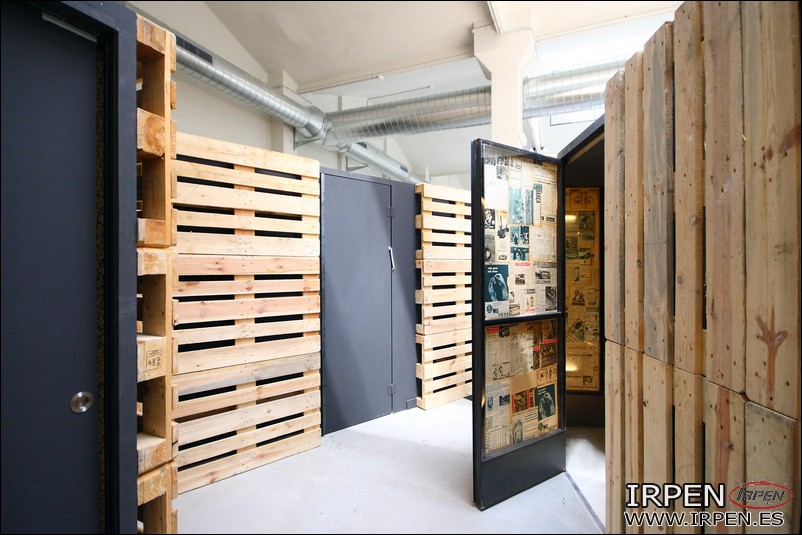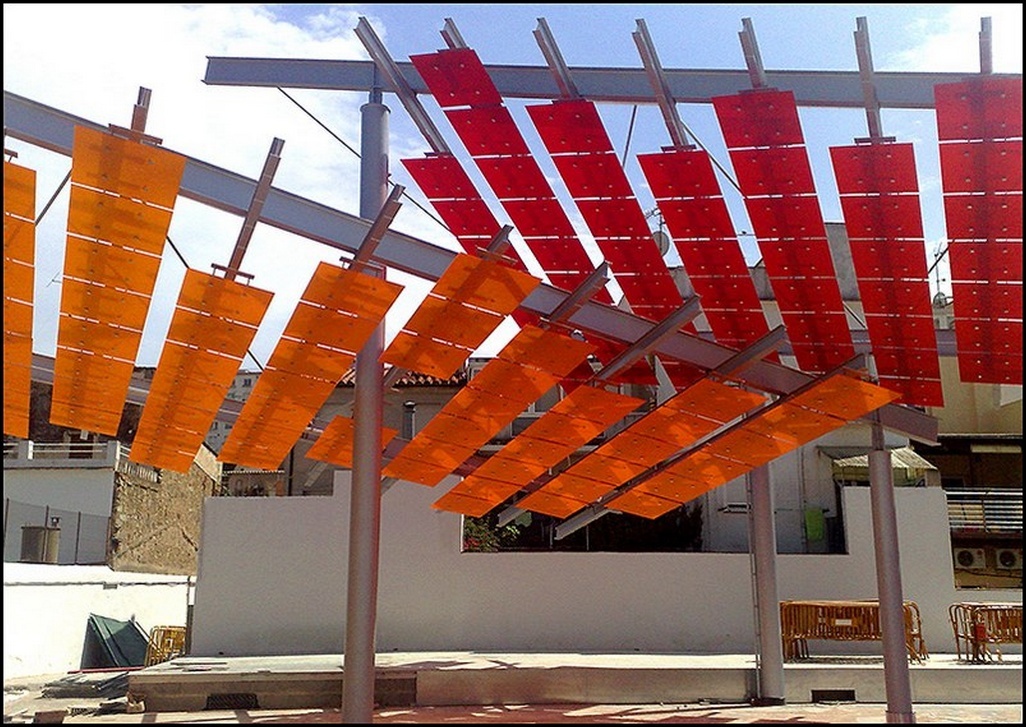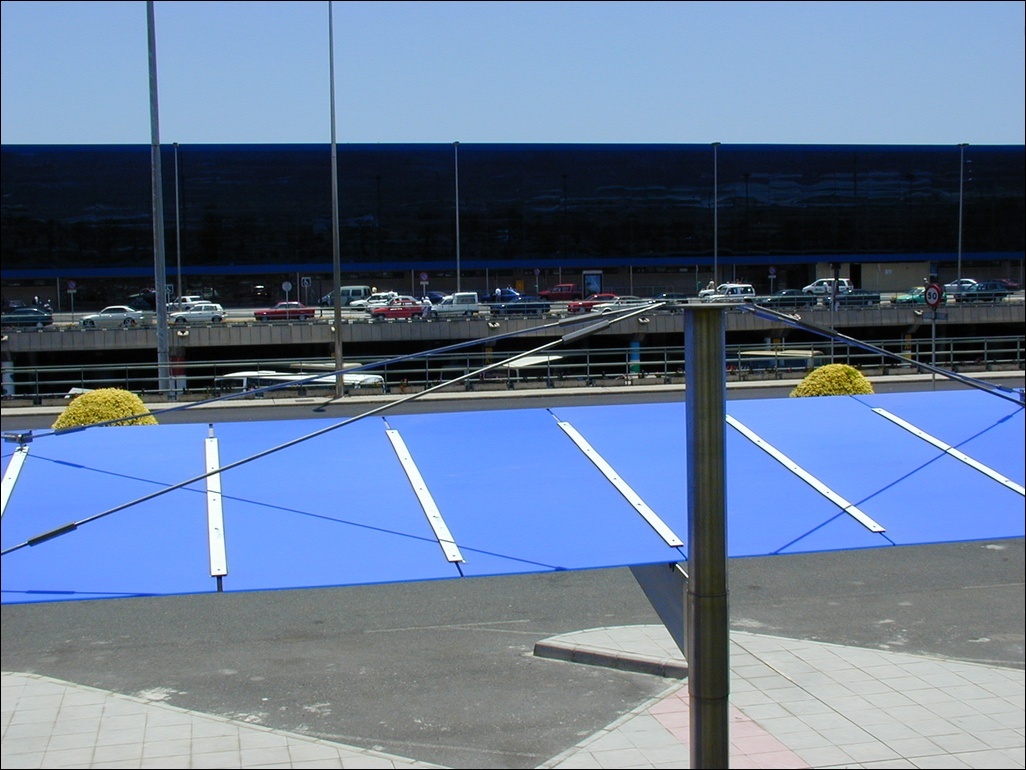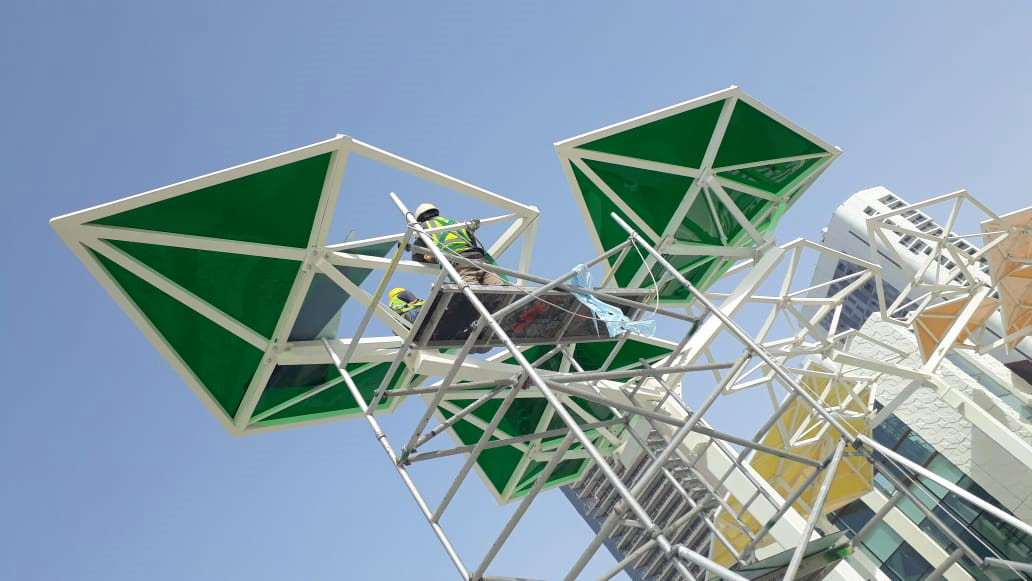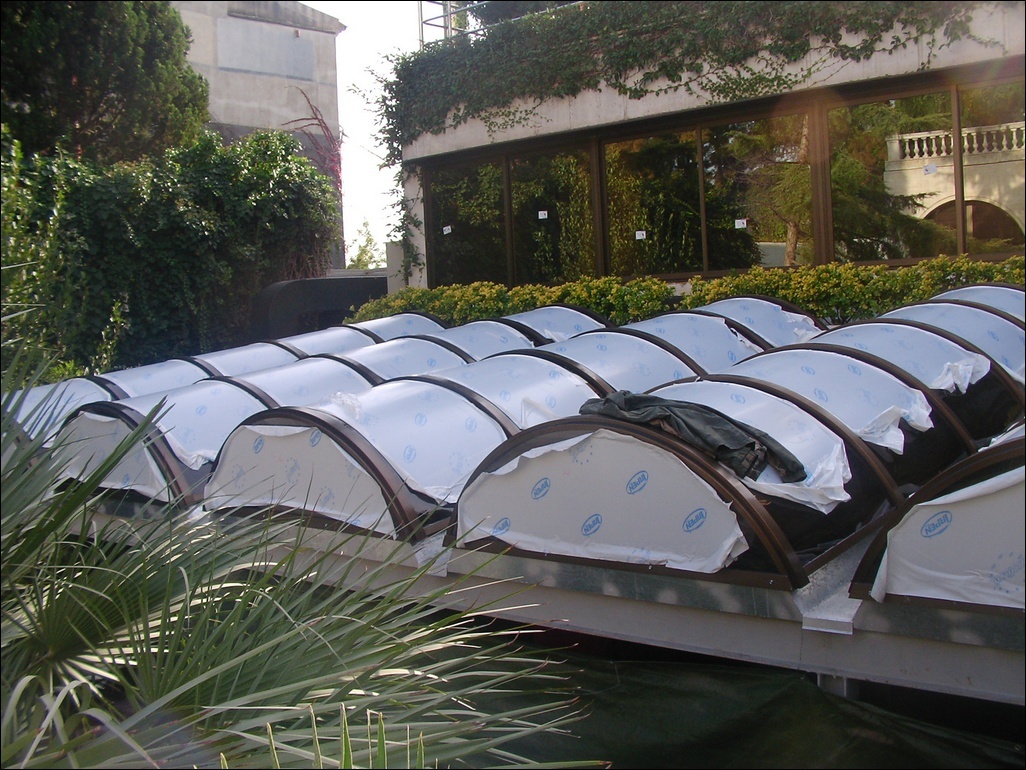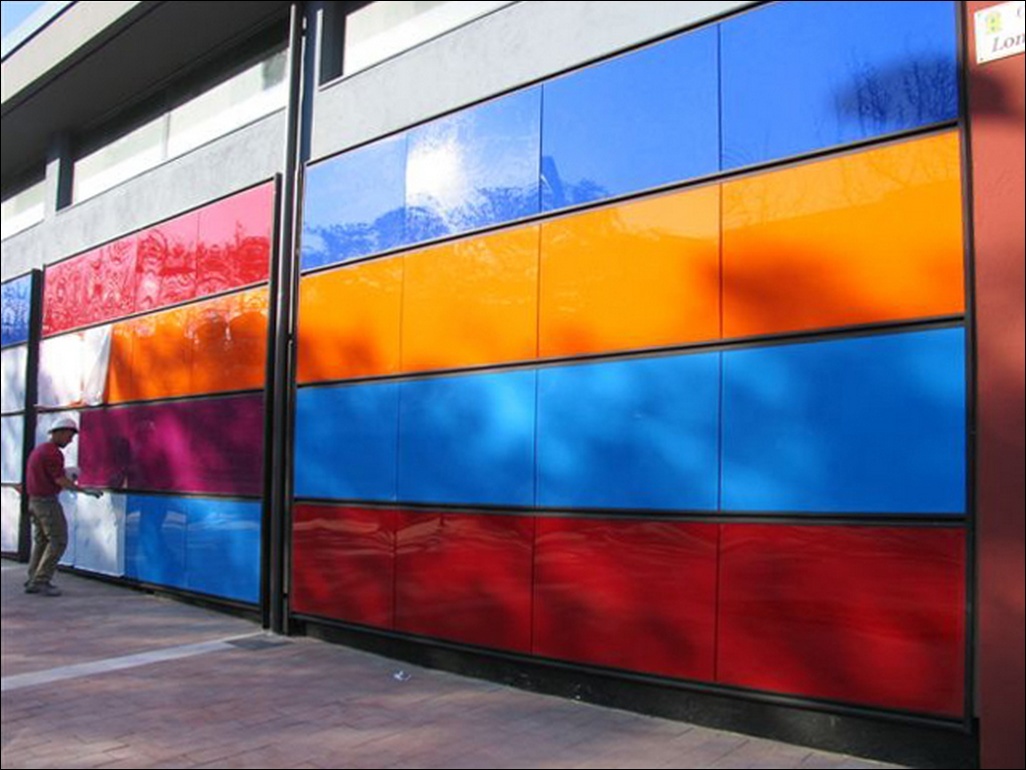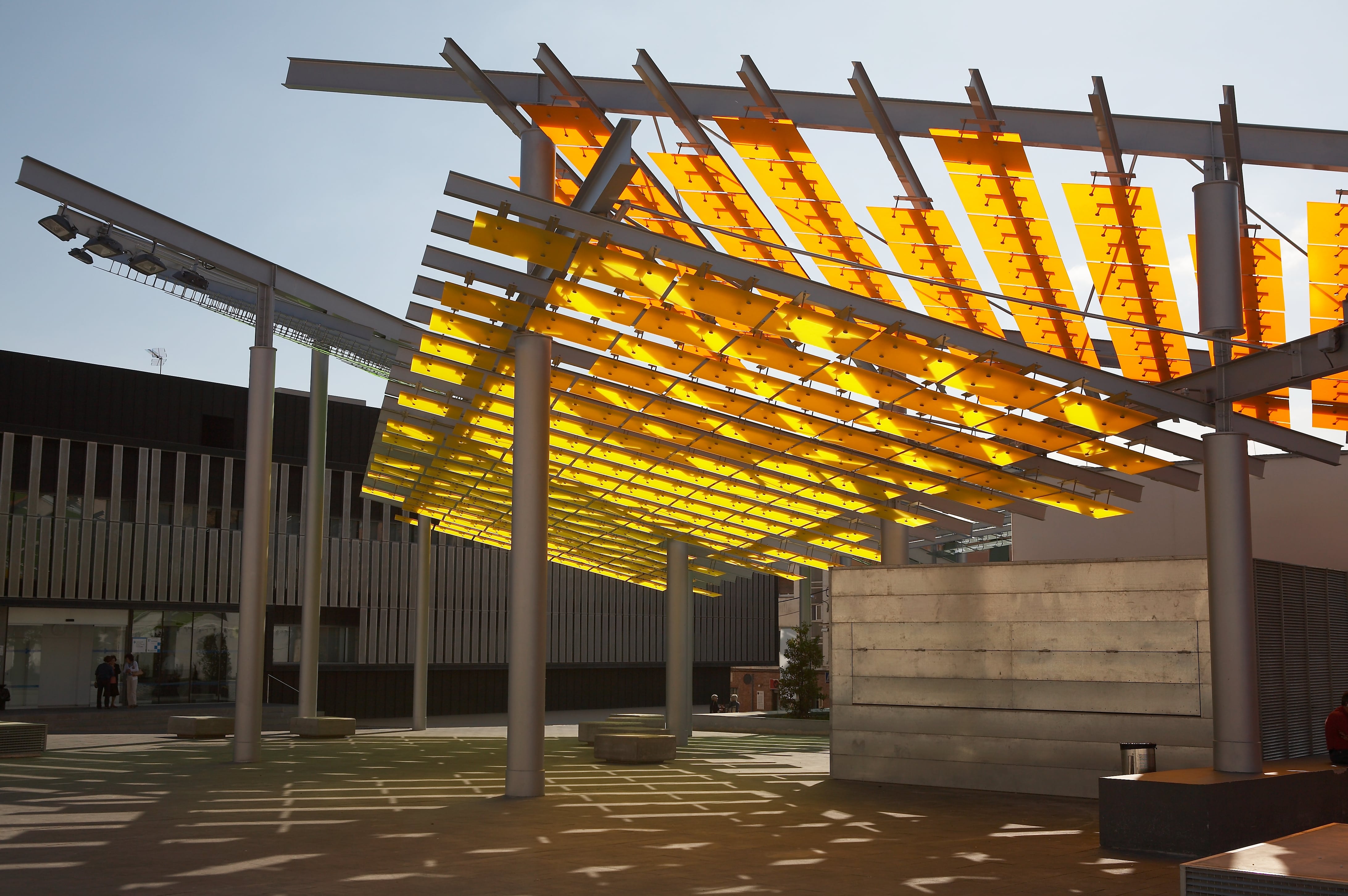Cast / Extruded Acrylic
Management of plastic materials in construction

In today's construction, the use of plastic materials is extremely common given the high performance they offer, such as a long useful life, high levels of insulation, high mechanical strength, light weight and easy handling.
For the different construction solutions that make up the building, we find plastic options. Like this:
- For vertical interior coverings, such as walls or partitions, we can use polycarbonates or PVC, in horizontal coatings such as polyethylene floors. In both locations, they are recurrent materials, due to the good results obtained in terms of their durability under optimal conditions.
- PVC or PMMA is often used for signage, and PMMA is a recurring material in luminaires.
- For both façade and roof exterior cladding, polycarbonates are installed, often integral cellular polycarbonate solutions or continuous skylights made of compact corrugated polycarbonate or PMMA skylights.
- For thermal insulation, both in plates and in foam, as well as in composite panels, the use of polyurethane or polystyrene is a highly efficient option.
- For sanitation and plumbing, both PVC, ABS and PE are the most commonly used materials, given their high chemical resistance, wear resistance and ease of installation.
In addition to being highly used and responding to a wide range of applications, it can be said that the balance between their production, use and the generation of waste is very positive.
The main reason for this fact is that we are talking about materials that provide constructive solutions that are characterized by having very long useful lives, even decades. And which, after the end of their term of use under optimal conditions, are characterized by their high recyclability.

Waste producers and their consequences
The mismanagement of the waste generated is the main cause of pollution. The construction sector is known for the large amount of waste produced, around 10% of that generated by the planet is a consequence of this sector. Many of them come from the wood and concrete sector, but those derived from plastics represent only 4%.
Most of this plastic waste comes from the packaging of other materials, in fact, it is estimated that about 25% of the plastic waste generated in this sector is due to this, according to Invest Northern Ireland.
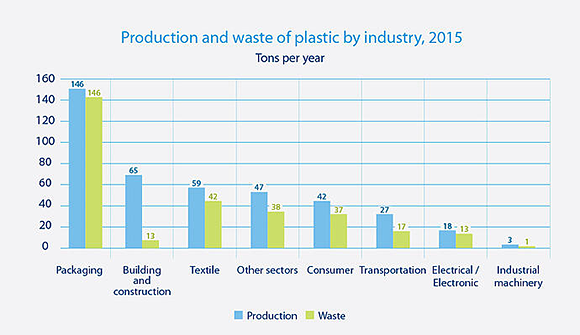
By ensuring proper waste management and a long lifespan of products, the building and construction industry minimizes the accumulation of plastic waste. Source: Scientific Advances
In Europe, work is being done very intensively on awareness-raising, legislation and investment in infrastructure, both in its creation and maintenance, for waste management and, thus, mitigating the threat posed by its improper management to the environment.
In our catalog of materials for the building sector, we find materials such as PC, whether compact or cellular, PMMA for casting or extrusion or PVC, which are highly recyclable and constitute only a small proportion of global plastic waste.
Our construction products have a longer lifecycle, reducing waste throughout their lifespan. This allows end users to create, use and dispose of materials more efficiently.
Even in the construction sector, whether we are talking about new buildings or for demolitions, we must proceed to draw up a comprehensive management plan for construction and demolition waste. The objective is to manage, in the most efficient and correct way, the classification and valuation of waste.
In this document, all aspects related to the storage, production, transport and treatment of the waste resulting from the work are detailed. Thus encouraging the recycling and reuse of plastic and all kinds of waste.
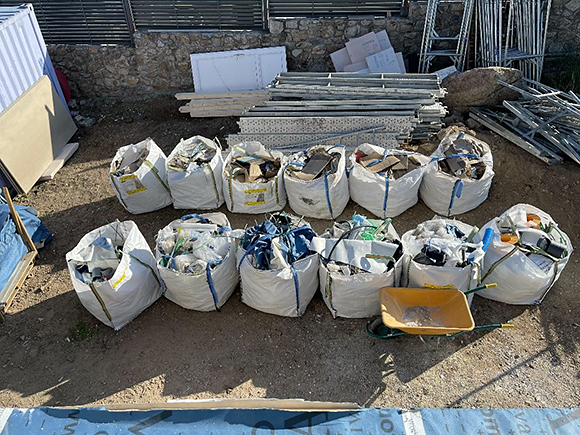








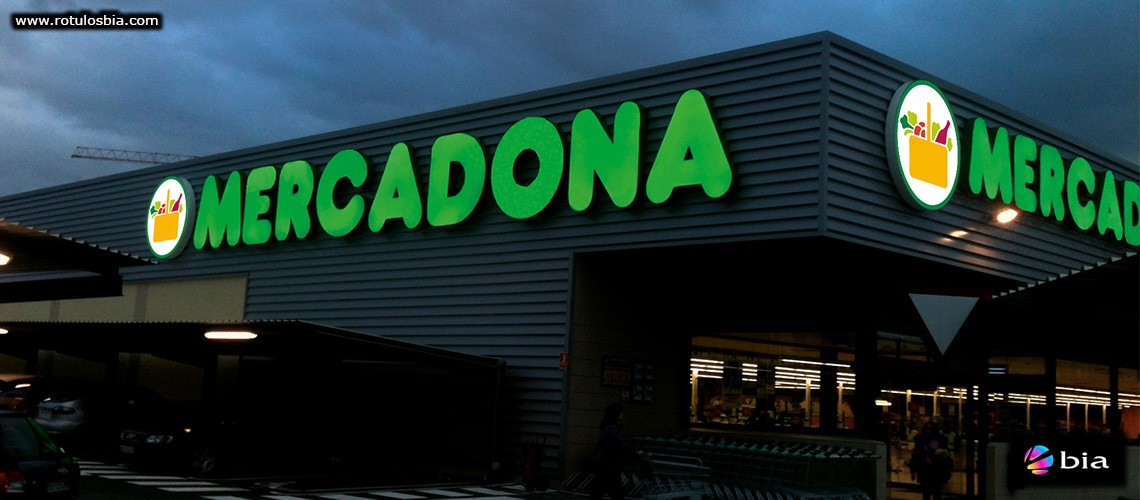






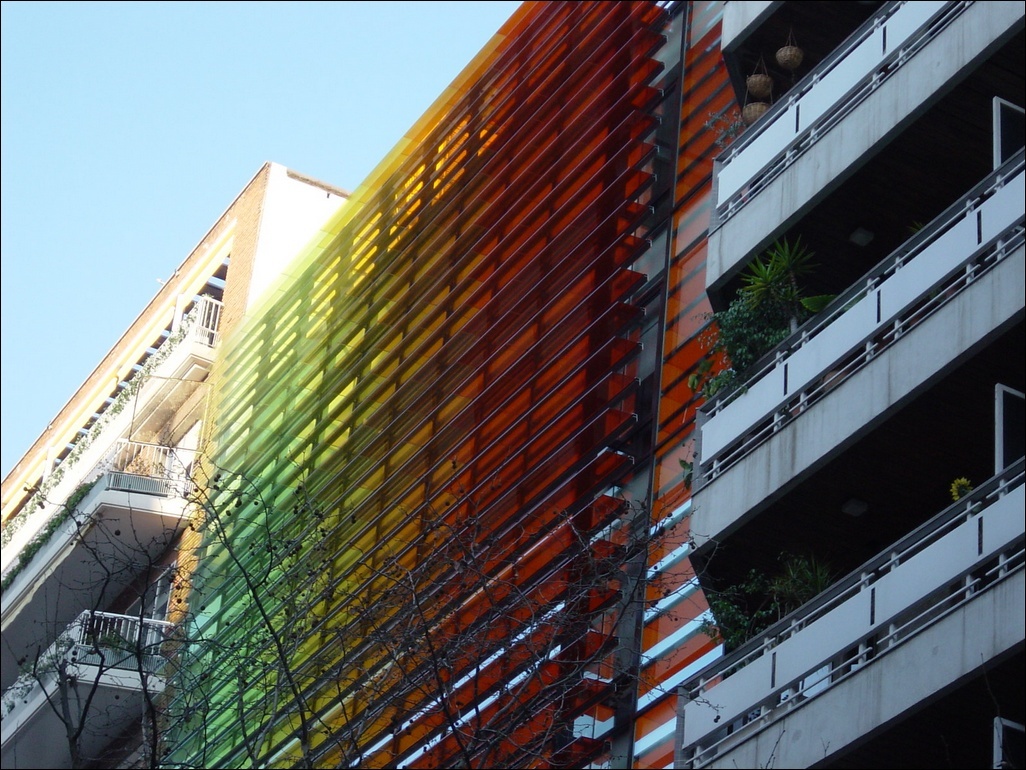


.jpg)


